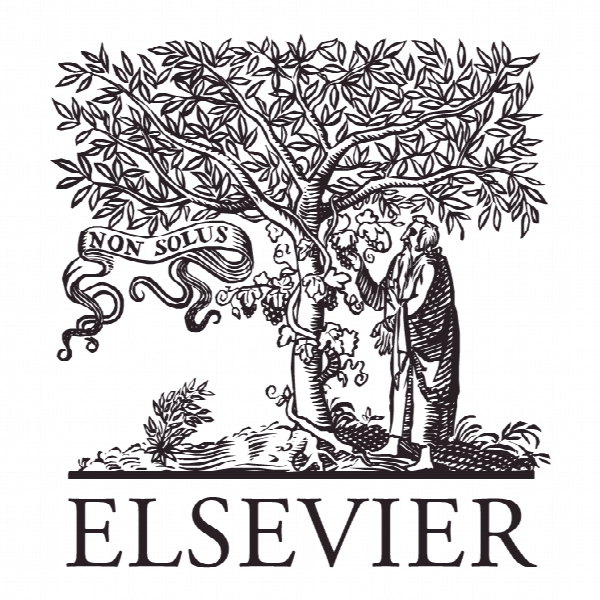مدیریت بحران در روابط عمومی و رویکرد چند عاملی هولونیک Crisis Management Between Public Relations and the Holonic Multi-Agent Approach
- نوع فایل : کتاب
- زبان : انگلیسی
- ناشر : Elsevier
- چاپ و سال / کشور: 2018
توضیحات
رشته های مرتبط مدیریت، علوم ارتباطات اجتماعی
گرایش های مرتبط مدیریت بحران، روابط عمومی
مجله علوم اجتماعی و رفتاری – Social and Behavioral Sciences
دانشگاه Sapientia Hungarian University of Transylvania – Romania
شناسه دیجیتال – doi https://doi.org/10.1016/j.sbspro.2018.04.032
منتشر شده در نشریه الزویر
کلمات کلیدی انگلیسی Crisis Management, Public Relations, Holonic Multi-Agent Systems, risk management
گرایش های مرتبط مدیریت بحران، روابط عمومی
مجله علوم اجتماعی و رفتاری – Social and Behavioral Sciences
دانشگاه Sapientia Hungarian University of Transylvania – Romania
شناسه دیجیتال – doi https://doi.org/10.1016/j.sbspro.2018.04.032
منتشر شده در نشریه الزویر
کلمات کلیدی انگلیسی Crisis Management, Public Relations, Holonic Multi-Agent Systems, risk management
Description
1. Introduction Crisis situations can happen everywhere, anytime, to everybody. Crises are part of each-day life, but we are set to believe that these unexpected events will not happen to us. This is valid for us as individuals, but also for the organizations, as well. If unpredictable situations occur, humans by instinct try to solve the situation and/or get out of it. In the case of organisations where hundreds and thousands of people might be involved the situation gets more complicated. This might lead to uncontrollable collective behaviour. The unexpected collective behaviour of complex systems is called emergent. In the case of those systems in which beside the human operators there are highly automated technologies with computers, robots, intelligent machines and other devices to handle a crisis situation it is even more complicated. System and software engineers, human resource specialists, managers, PR practitioners and many other experts work together to be prepared for the unexpected. We’ll mean here by crisis a sudden emergency event that causes serious damages and might have major consequences to the future of the company. This restricted definition of the crisis overlooks those situations when the unexpected event has impact only at the level individuals or a small group of people, and also ignores those situations that must be handled by governmental authorities. In our case in the stake is the survival of the organization, regardless of its size and the causes of the crisis in which it might be involved. The author of this paper tries to make a contribution to the rich literature of crisis management by merging the concepts developed by Public Relations scholars and practitioners, experts of social (human) communication sciences, with the latest achievements of the multi-agent concepts designed by software engineers, experts in computer sciences. By presenting and comparing the two different approaches we can make visible the advantages and disadvantages of these two approaches. By more, we suggest a non-linear system approach, based on the holonic system concept, which provides unusual approach for both sciences, thus new theoretical perspectives arise. By merging some characteristics of these approaches, and adding a non-linear approach, we create an innovative environment in which managers can find better solutions for handling crisis situations. That is the reason why this paper is prepared for an international conference in Management and Entrepreneurship. The paper is organized as follows. In the following first two paragraphs there are presented some key issues of the two scientific fields. These reviews are not (only) critical statements of the presented approaches, but also contain proposals and contributions of the paper for the presented topic. The last paragraph assembles the most important findings of the previous discussions and makes some recommendations.


